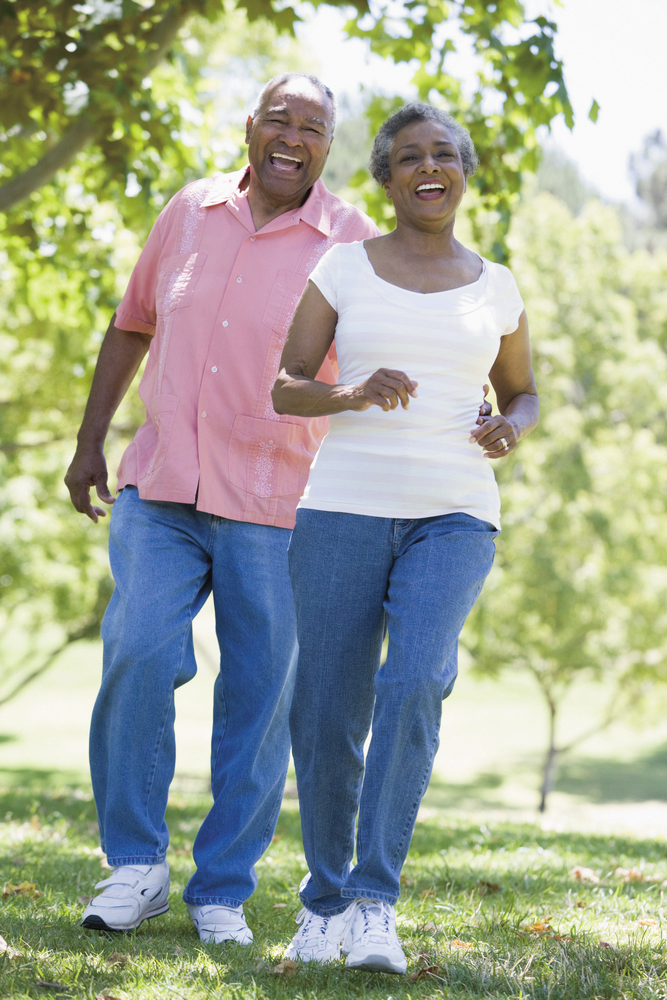Grocery shopping, playing with the kids, bathing, going to work—these are activities many of us do regularly without much thought. But, imagine if you had trouble moving around or walking: How would you perform the demands of daily life? Most of us take good mobility—the ability to move well and easily—for granted, but it is one of the most important ways to stay healthy and is one of the most common ways our function becomes limited as we age. In fact, studies have shown that walking speed is a powerful predictor of how healthy you are and will be in the future. By age 75, more than half of us will have trouble walking just a few blocks (as seen in Figure 1).
When people have trouble getting around, they are less independent, and falling is more common. Irregular sidewalks, a lack of handrails and poor lighting near stairs and poorly marked curbs can increase the risk of falls for anyone. Falls are a real problem in older people because they can lead to serious injuries, such as breaking bones or suffering serious cuts. When older people with poor mobility start feeling afraid they’ll fall, that fear will keep them from going out and doing all the things they used to. In some people, that fear of falling is so strong that they become afraid to leave the house, which seriously affects their ability to perform basic life tasks or have social and family connections.
Unfortunately, trouble walking is not only more common with increasing age, but it is also more common in women than in men and more in African Americans compared to other populations. Figure 1 also shows that African Americans and Whites are very different when it comes to walking: In most age groups, African American men and women have more trouble walking when compared to White men and women. In the African American community, problems with mobility become more common earlier in middle age. Many factors contribute to poor mobility, including arthritis, obesity, pain, heart and lung problems, nervous system disorders, diabetes and problems with vision. Some of these conditions, such as arthritis, diabetes and vision problems, are known to be especially common among African Americans.
Fortunately, new ways to identify and treat walking and balance problems exist, as do many new approaches to keeping or improving mobility. The Claude D. Pepper Older American Independence Center, a National Institute on Aging-funded center of excellence at the University of Pittsburgh, is dedicated to improving mobility and balance through research into causes, prevention and treatment. One of the best ways to achieve good mobility is to be or remain active. Stephanie Studenski, MD, MPH, is a professor of medicine, director of research in Pitt’s division of geriatric medicine, and director of the Pepper Center. She encourages people to start walking regularly, no matter what their age, but warns against people pushing themselves to walk if they don’t already.
“The body chooses the best walking speed, so work with your doctor to become more active,” Studenski says. “Exercise is the closest thing we have to a fountain of youth.”
